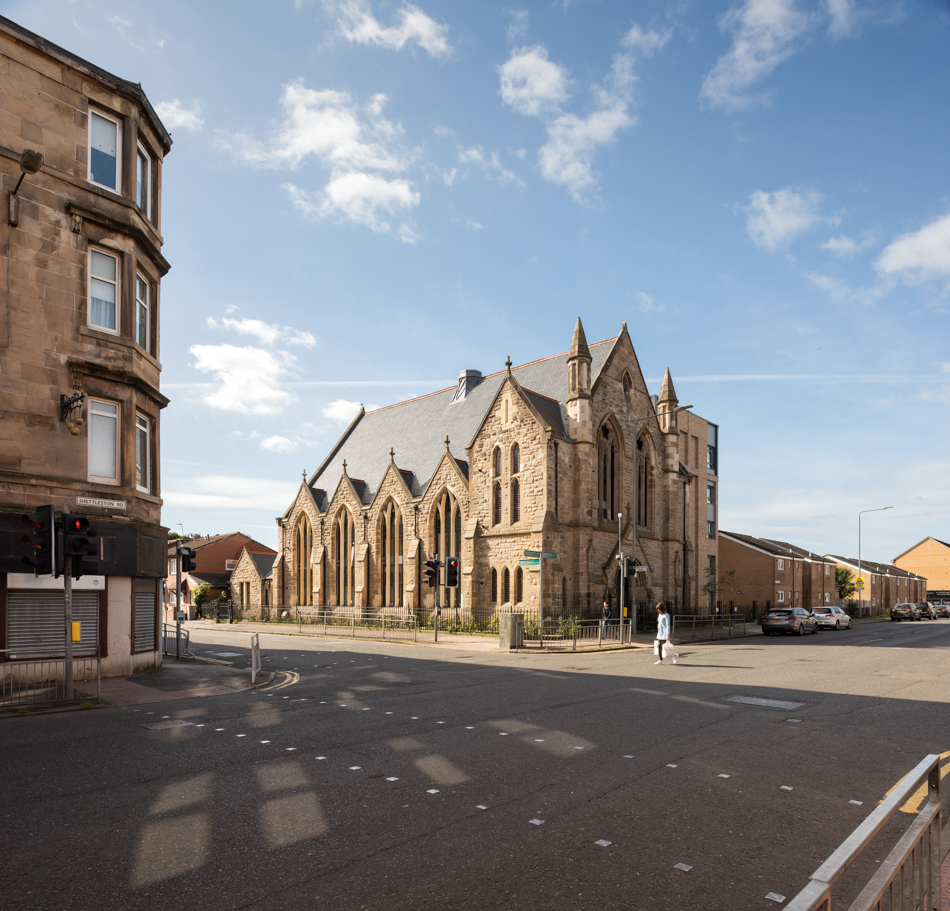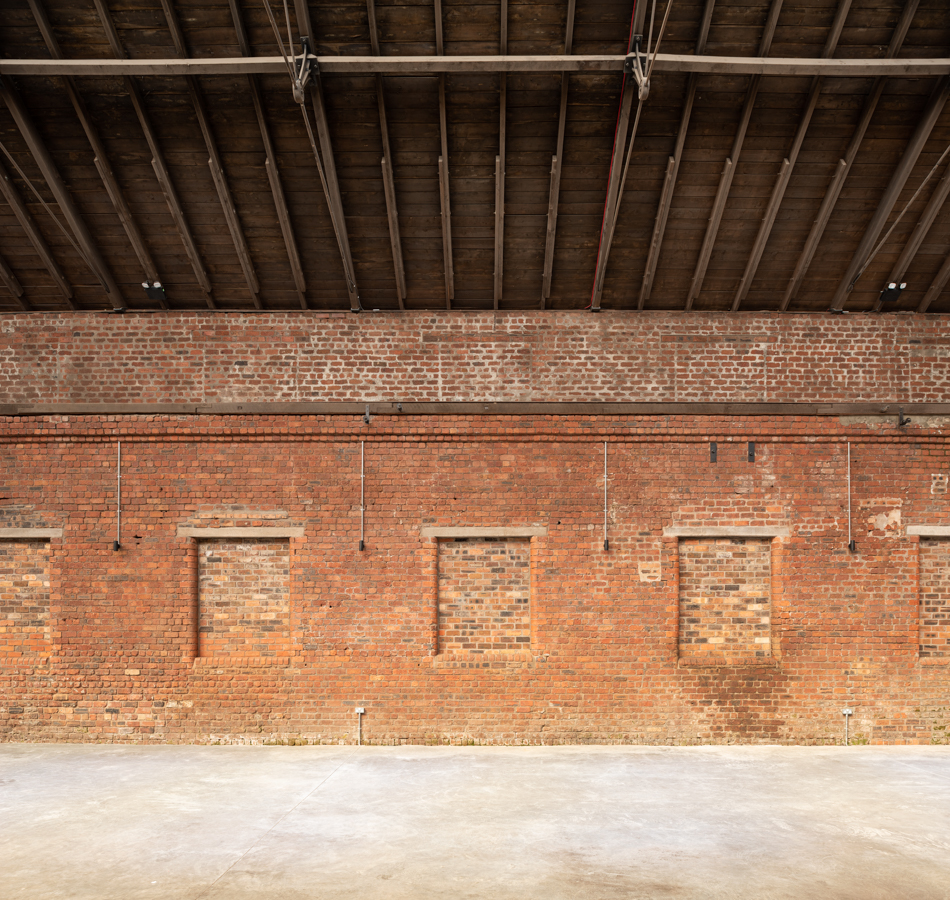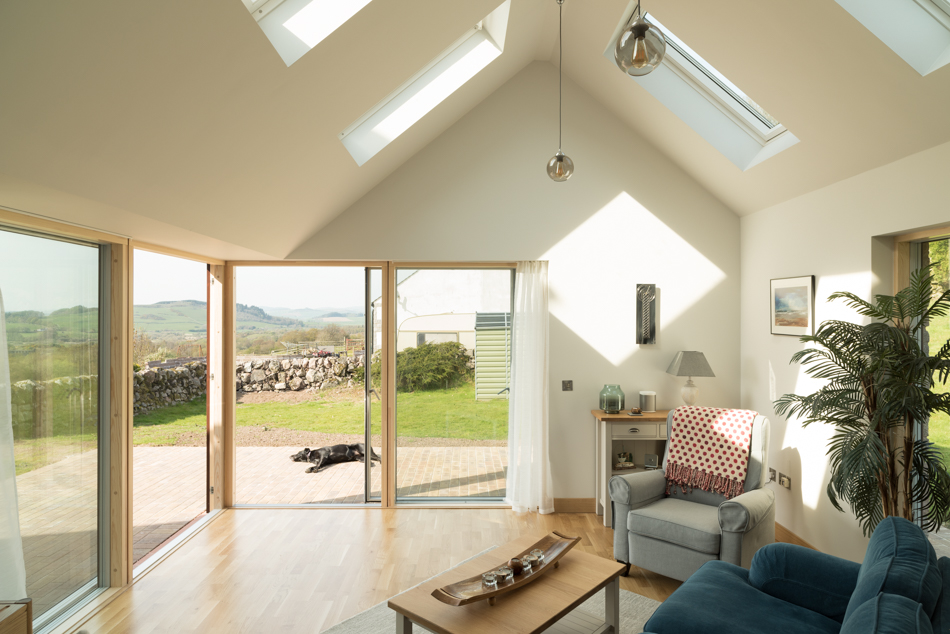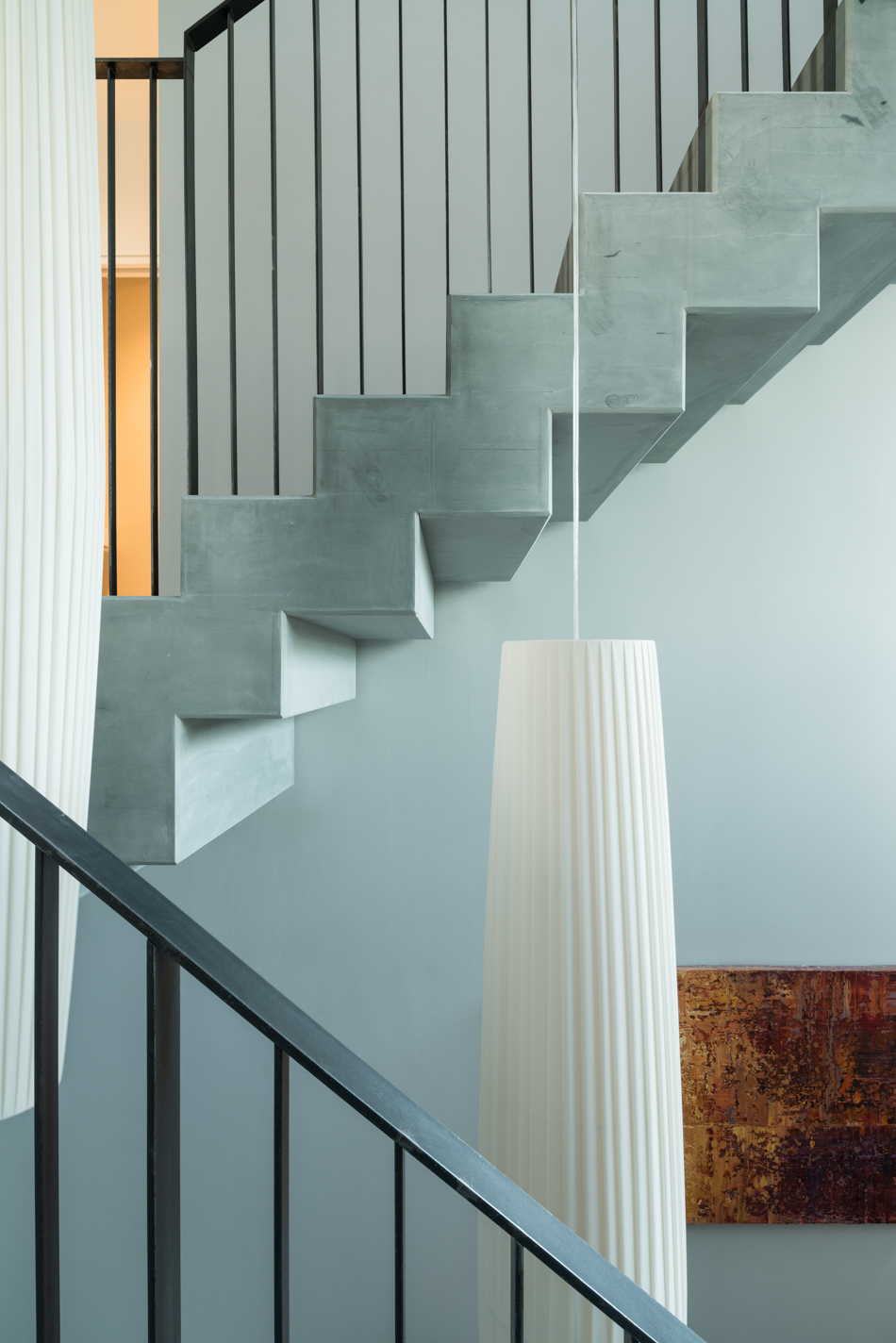Getting the light right in architectural photography
Here’s a selection of a few images taken on jobs in the last year. Natural light is what I want to highlight here, the importance of getting the light right to photograph a building and how it’s key in pretty much every photo I take.

Communicate the design, the building, the achievement. Architecture; sometimes a catalyst for change, sometimes a new dawn for neglected bricks and mortar, or perhaps that building we know, but haven’t looked closely at. Getting the most out of the natural light, can make all the difference, between an ‘ok shot’ and one that both client and photographer is pleased with.

Capture, document and promote, that’s what us architectural photographers are hired to do by designers, architects, building owners, developers and anyone else with vested interests in a building, place or town.

It sounds easy and in theory it’s not that difficult. Instagram and online platforms are testament to the ever growing popularity of capturing the world around us. As a photographer paid to create images that stand out above the visual noise, and help win awards for architects, highlighting issues in the built environment; I aim to balance the requirements to document a design with narratives that tell the story of a building. How this aesthetic develops is interesting; a fusion of our own tastes, visual experience, knowledge and skills gained through practice.
Each job is different and from the outset of a project, a careful dialogue and process emerges to establish a brief, a budget, and a strategy to translate a given project into a 2 dimensional set of images.

Sometimes the story is as simple as how the building responds to its landscape, setting and geography, or how experiences unfold as a journey through or around the building, shaping perceptions of vistas and framed view points.

Time spent with a building allows an understanding of how the building responds to light, as well as patterns of use that occur throughout a day. Where possible I will go and explore the site or building before starting to carry out any photo shoot. Time spent looking for compositions, and how different materials respond to light will mean I already am familiar with the building, and can concentrate on the photography.

Ideally to get great photos a combination of luck, good timing, and preparation pays off. Having formed a connection with the building, a series of quick decisions are made in setting up compositions, and confirming elements to include or isolate from an image.
Balancing an array of factors, is the challenge in photography, as I’ve touched on here. With each building its daily use will influence how photographs can be taken and offer opportunities to capture peoples interaction with the spaces

Images need to have a sense of clarity and not have too much vying for our attention, so that the focus on a design or detail is prioritised. Patience and knowledge in understanding how to control the light and its effect on a buildings appearance, was a big factor in making all these images, and is essential in communicating a moment, or space, that defines a project. Architectural photography can be a slow and considered practice, yet sometimes a few seconds makes all the difference.

